"Take it easy, it's just a palace," Sarah told me when we waited in line to buy our tickets at the visitor's center.
My friend Sarah was spending her Spring Break from Brown University in London. She was staying with me for a week and a half and wanted to explore all of the nooks and crannies that London had to offer. Although, I think poor Sarah underestimated how deep my love for royal history went when I was placed in my English-based element. Back when we were teenagers, living in California, Sarah was fully aware of my unhealthy obsession with all of Philippa Gregory's Tudor novels. But now that I was actually here in London and living a 15 minute train ride from where all of these kings and queens from England lived and died, I essentially dragged her around London and became her overly informative tour guide. We took selfies in front of Buckingham Palace, walked past the Tower of London, and later in the week I was planning on taking her to visit Kensington Palace where Queen Victoria was born. We even discussed taking a trip out to visit Windsor Castle, and it took every fiber in my body to not express how intently jealous I was of Queen Elizabeth's corgis for roaming free around her castle. Alas, I think my enthusiasm scared Sarah away from visiting there.
At least with me.
But today we were visiting Hampton Court Palace and I was freaking the f**k out. We've might as well have gone back in time to Henry VIII's reign.
Like, EVERYTHING!
Sarah and I flashed our tickets to the guards in front of the palace and walked through the gates of Hampton Court.
I craned my neck back to take in the the brick red arches of the palace's courtyard. Originally, Hampton Court was built by Cardinal Wolsey, Henry's then chief advisor. He chose to build Hampton Court with soft Tudor bricks rather than stone because he wanted to make a clear statement to express his wealth and status as the most important cleric of England at the time. Of course, that was back when Hampton Court was his home and when he was still in the king's favor.
I had to give it to the Cardinal. For a man who was to live a pious and simple life, the guy had some extravagant tastes. What added some character to brickwork was the fact that not all of the bricks were red. The bricks were relatively ranging in color from orange and red to purple and brown. Most of the archways Sarah and I walked under reminded me of those dark, over-the fire bricks, giving you the feeling that you've should have been standing in the Weasley's fireplace with a handful of floo powder.
With a kitchen as grand as the one at Hampton Court it actually explained a lot about Henry's diet. He was an obvious consumer of food. And a hell of a lot of it.
After Sarah kicked around a historic plastic bottle of Coke, we headed back to the courtyard. That was when I notice the clock on the gatehouse to one of the towers. It was a pre-Copernican and pre-Galilean astronomical clock built in 1540.
It's still functioning.
The clock's blue and golden face crowned the center of the red brick structure of the palace, like a cyclopes's eye.
"Wow, I guess Henry knew how to live like a king here," Sarah said as we entered Henry VIII's apartments and admired the wooden hammer-beam ceiling.
"You mean Cardinal Wolsey," I said, trying to keep the overexcitement out of my voice of correcting and educating Sarah about my knowledge about this place. "It use to belong the Wolsey before he fell out of favor with the king."
"Are you serious?" Sarah turned to me. "The king just one day turned his back on Wolsey and took over his home? This home?"
"Yup." I answered, as I admired the tapestries. "That's what you get when you fail to grant the King of England a divorce."
The problem was that even Wolsey himself thought that he could get anything done for the king. So much so that Wolsey was even accused of going too far in his accomplishments with the king and "imagined himself the equal of sovereigns." As long as Wolsey could keep the king happy, he was happy.
Until, you know, Anne Boleyn showed up and f**ked everything up.
"What?"
I was currently savoring a very rare moment of watching a man dress up as Cardinal Wolsey roam the apartments. A couple of tourists were following him as Wolsey – a curator at Hampton Court – reminisced about the "good old days" when Hampton Court was his own personal home and how he and Thomas Cromwell were such great pals.
I really wanted to give Wolsey a high-five. Not because he was extraordinary in Tudor history, but just because I wanted to pretend that I was actually giving the real Cardinal Wolsey a high-five.
I only gave him a thumbs up as I followed Sarah down the hallway.
We passed several hung portraits of Henry, followed by a wall that depicted the portraits of each of Henry's relatives. One was of Elizabeth of York, another of his grandmother, Margaret Beaufort and then of his father, King Henry VII – the man who killed Richard III at the Battle of Bosworth Field.
What history. What obstacles Henry's family had to overcome to wear the English crown.
"This is where it all began," I said to Sarah staring at the wall in awe. "This is how Henry became the King of England. It was because of these people! His family! This is the start to the Tudor Dynasty! My God! Do you know about The War of the Roses?"
"Yeah," Sarah replied slowly, preparing herself for an explosion of over-the-top of information.
"The Lancaster and the Yorks!" I went on. "If Elizabeth Woodville hadn't married Edward IV then Elizabeth of York wouldn't have been born. Or, and get this, if Henry VII had died at the Battle of Bosworth Field, she would've had to marry Richard III. That was her father's brother! That was her UNCLE! If she had married him, Henry would've never been born. Anne Boleyn and Catherine Howard would've never gotten their heads lopped off! Jane Seymour would've never given birth to Edward VI and died. Catherine of Aragon would've never been divorced. Anne of Cleaves would've never left Germany. And Catherine Parr would've gone right ahead and marry Thomas Seymour. Oh, what would history have been like if Henry was never born! No Queen Elizabeth! No Church of England! Oh, can't you image that, Sarah? All of that glorious history about sex and death, gone because a man like Henry was never brought into this world."
"Yeah." Sarah again, said slowly. "I can't even begin to imagine."
I was still processing my shock of the delicacy of the Tudor dynasty.
Henry actually wasn't suppose to be the King of England. He had an older brother named Arthur who was declared the Prince of Wales. Arthur was the heir. Henry was the spare.
Arthur was viewed by the English people as the great hope of the newly established House of Tudor after Henry VII defeated Richard III. Arthur's mother, Elizabeth of York, and Arthur's birth cemented the union between the House of Tudor and the House of York. Nevertheless, Henry VII right to the English throne was constantly questioned. Many believed that the Princes in the Tower – Edward V and his younger brother Richard, younger brothers to Elizabeth of York and sons to Edward IV – were still alive and were waging a rebellion to overthrow Henry's rule. So in order to secure Arthur's inheritance to the English throne, he betrothed Arthur to the daughter of the most powerful Catholic monarchs in Spain in an effort to forge an Anglo-Spanish alliance against France. And the girl that was betrothed to Arthur?
Catherine of Aragon.
However, six months later into their marriage, Arthur suddenly died from an unknown ailment.
Later, Catherine would marry her deceased husband's brother. The future Henry VIII.
From there, it all went downhill.
For everyone.
I couldn't help but wonder what life would have been like if Arthur hadn't died. What kind of kingdom would have England been today if Henry never sat on the throne? What kind of children would've carried Catherine and Arthur's legacy?
Plus, as I recall the names to all the English monarchs, there was never a King Arthur. If Arthur had lived, he would've been the first of his name. His first born son would've taken his name and end up being crown as Arthur II.
Man, that would've been so cool.
"Jacqueline, come on! I want to see the Chapel Royal," Sarah commanded me.
Actual history happened here.
In 1537, Henry's much desired male heir, the future King Edward VI, was born here at Hampton Court. Unfortunately, this was also the same place Edward's mother, Jane Seymour died, two weeks later.
Then, in this very chapel Sarah and I were standing in, was the same spot where Henry was informed that his fifth wife, Catherine Howard was cheating on him with Thomas Culpepper.
Catherine was then confined to her room for a few days before being sent to Syon House, and then to the Tower of London for her execution.
"I read that apparently, Catherine Howard's ghost still haunts part of Hampton Court," I whispered to Sarah.
"Does she now?" I could hear the tiredness in Sarah's voice, as she tried to take in the beauty of the chapel and flush out my overly historical information.
"Yup. When Henry put her under house arrest in her room here at Hampton Court, she briefly escaped her guards and ran through the gallery, begging Henry to spare her life. But she was recaptured. Today, some of the staff members who work here at Hampton Court have claimed to have heard her screams from the gallery."
"Okay, now you're starting to creep me out," Sarah said with a shiver.
"Also, Henry's ghost is suppose to be around here somewhere too."
"Oh God," Sarah groaned, and she walked out of the chapel.
Catherine's marriage to Henry wasn't necessarily a forced marriage, but rather an involuntary one. When Henry asked Catherine to marry him, she couldn't refuse a proposal by the King of England. So she reluctantly accepted him and was stuck married to him for four years until his death in 1547.
Four months after Henry's death, she was finally free to marry Thomas.
The contract to Catherine Parr's marriage to Henry was on display inside Hampton Court. There's even a written declaration on one of the walls that describes Henry's marriage to Catherine in her privy closet the morning of July 12th, 1543.
"He married her in her closet?" Sarah laughed. "What a romantic."
It was at this point that I was feeling the sob fest inside of me growing again. It was like I was leaving my house. Expect it wasn't my house at all, of course. But still, the pain of separating myself from something so beautiful was frightening. Thankfully, The Mute Swan looked directly across the street at Hampton Court, so it would only be a hour before I would have to tear my eyes away from Henry's home.
Sarah and I got a table and ordered our hot chocolates.
"So why Henry?" Sarah asked me as we stared out the window at Hampton Court, now a little red building in the distance. "Why are you so obsessed with that guy? He's like a psychopath."
"Oh he definitely is," I answered. "I guess I like him because he is a psychopath, you know. He sounds so fake like a character in a story. But he was never fake. That's the interesting part. He was real. He was a real person. And today when we were walking through the same hallways that he dominated back in the sixteenth century, I felt that realness."
Sarah leaned back in her chair. "Still, the guy was nuts."
"Yeah," I agreed. Our waitress came by and delivered us our hot chocolates. "But nuts or not, he lived at Hampton Court."
"Lucky bastard," Sarah laughed.
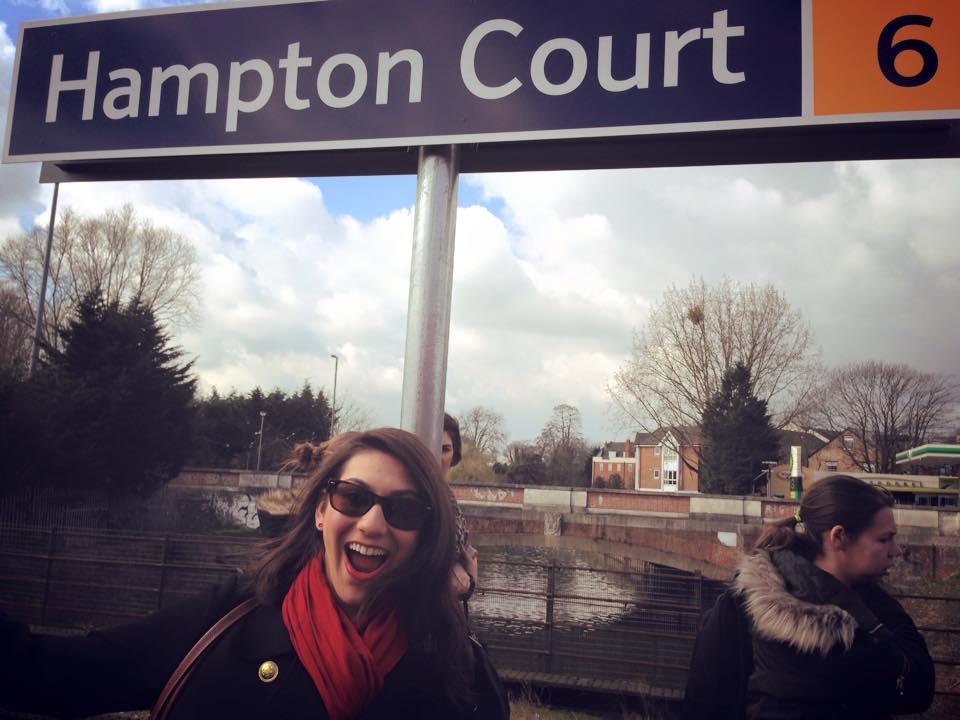
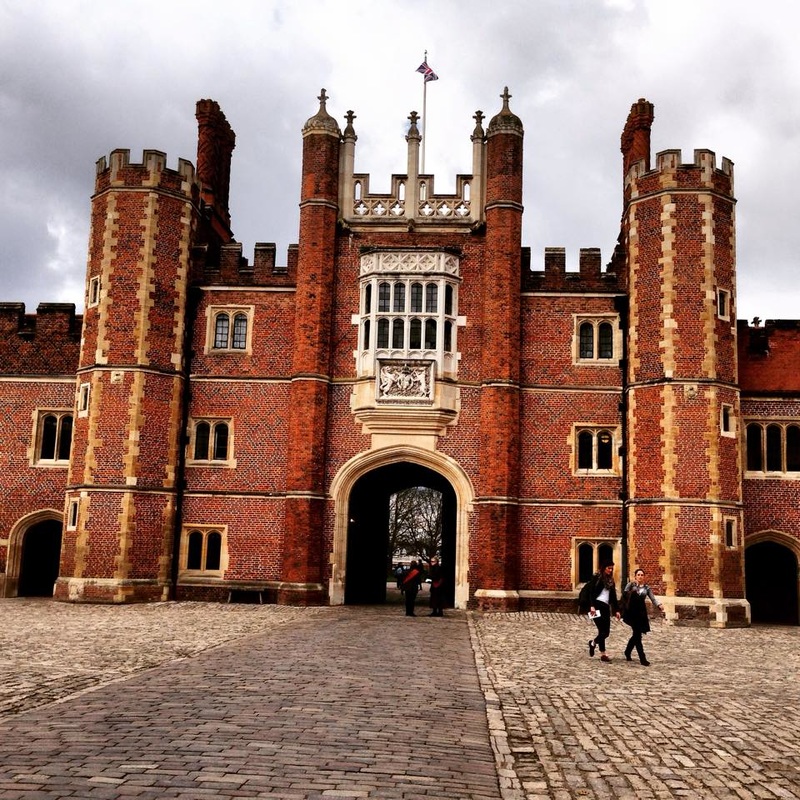
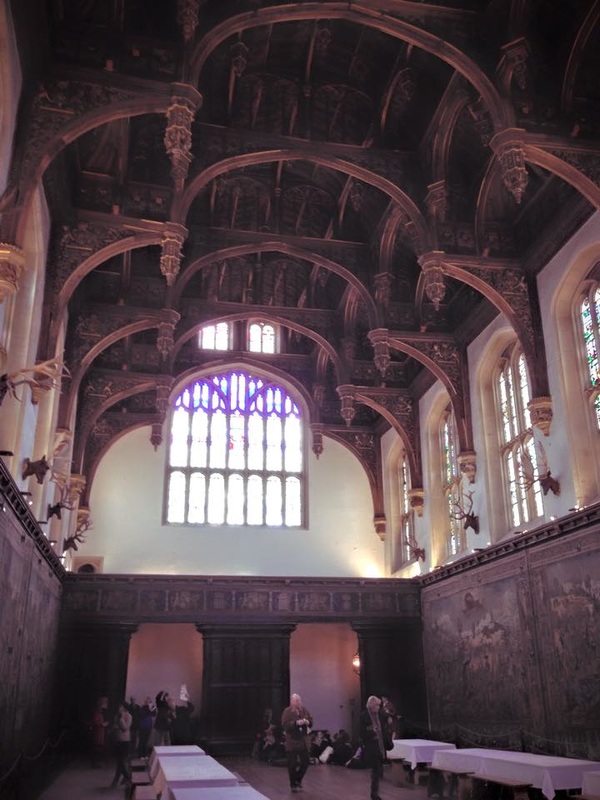
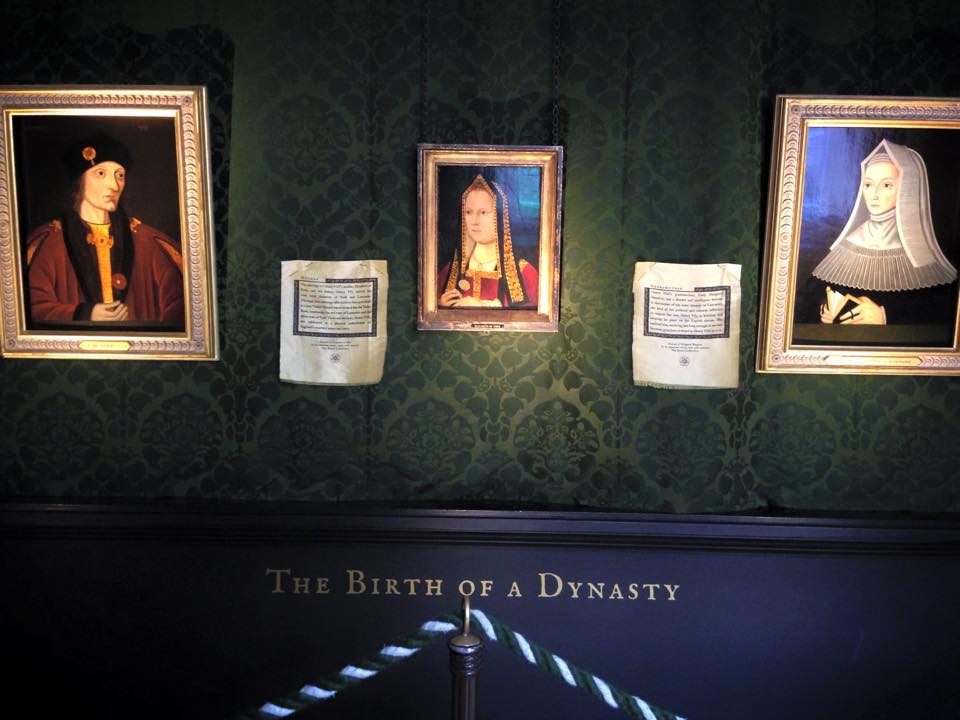
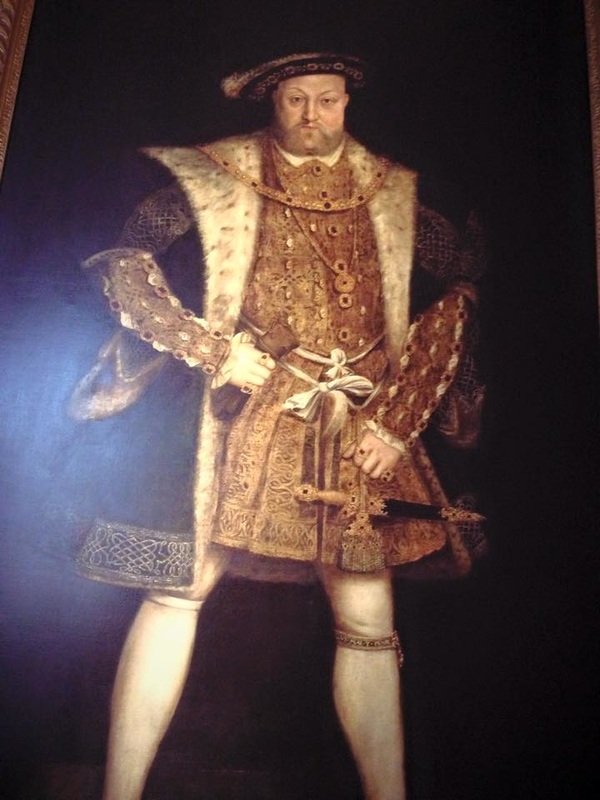
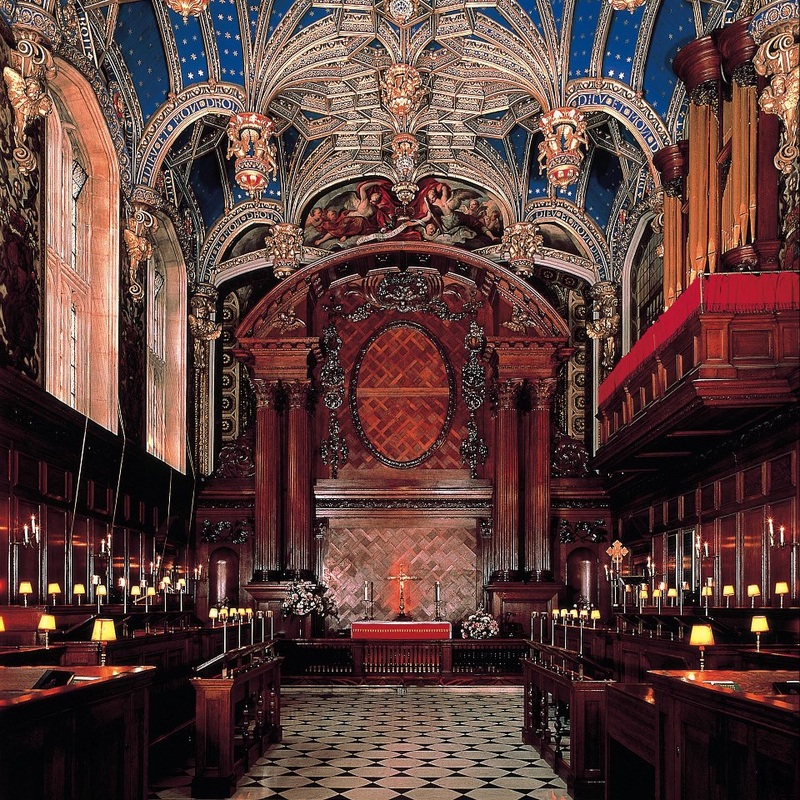
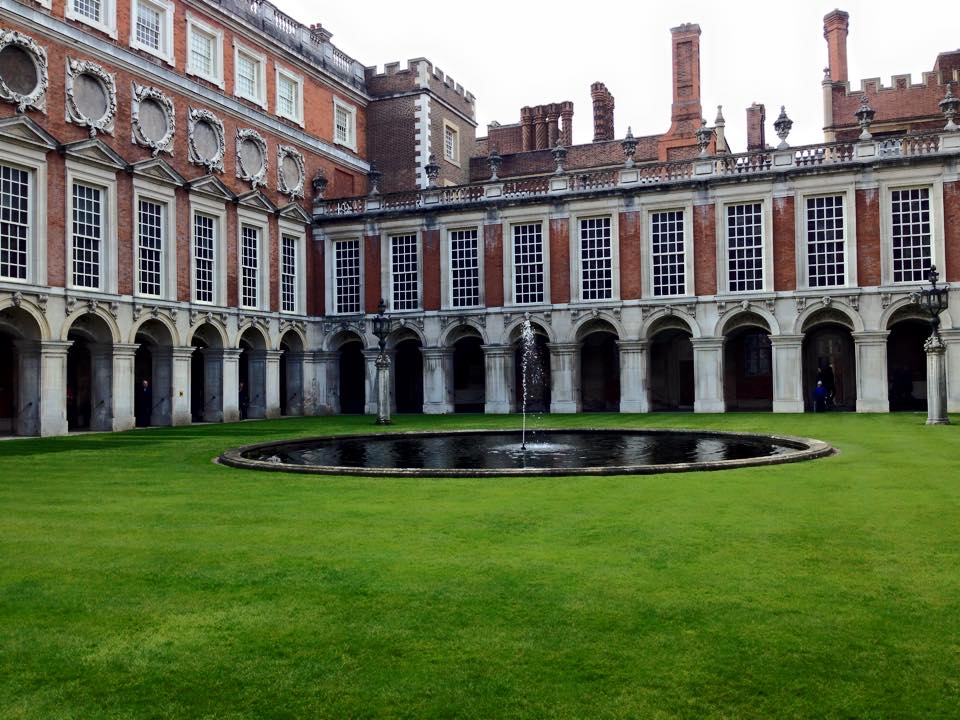

 RSS Feed
RSS Feed
